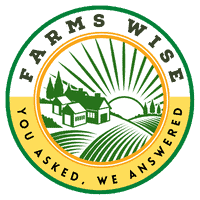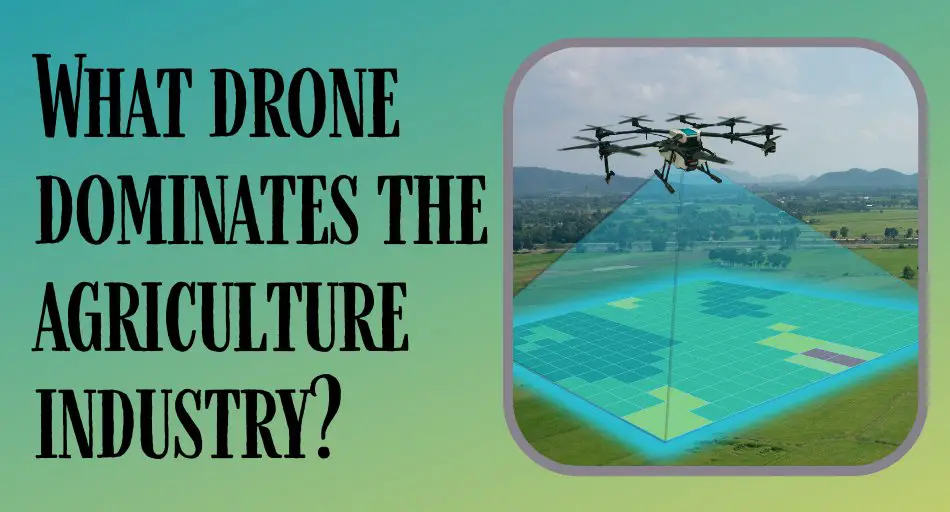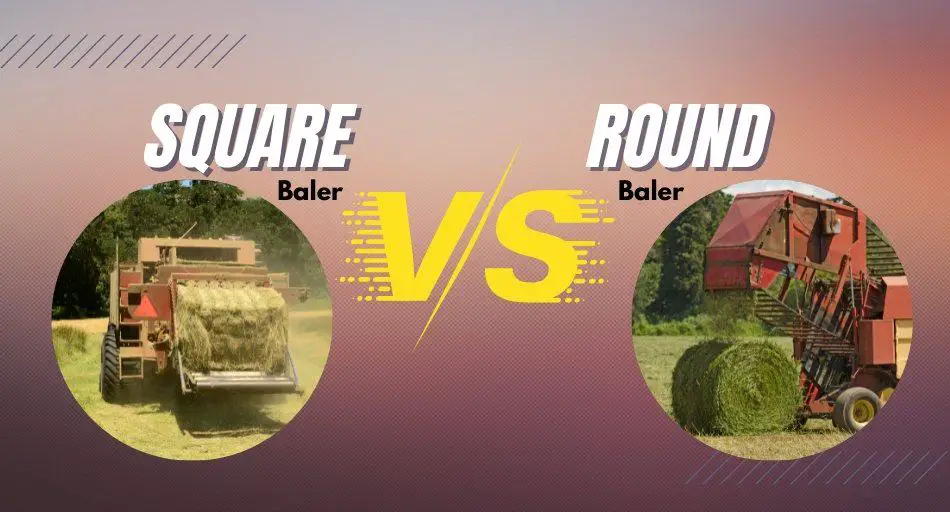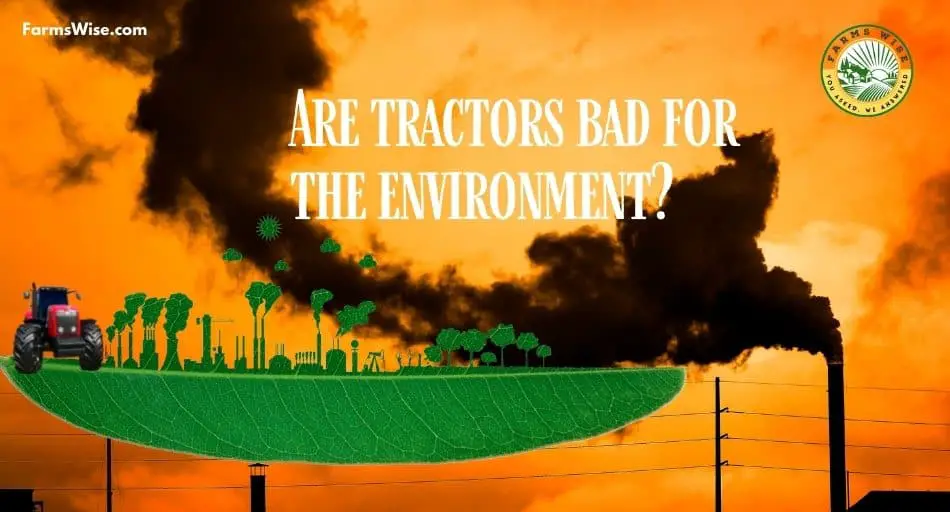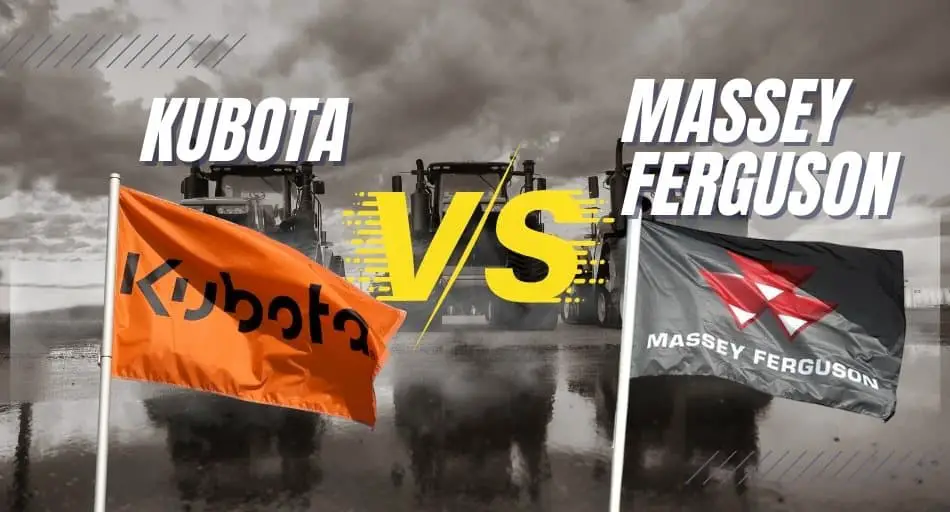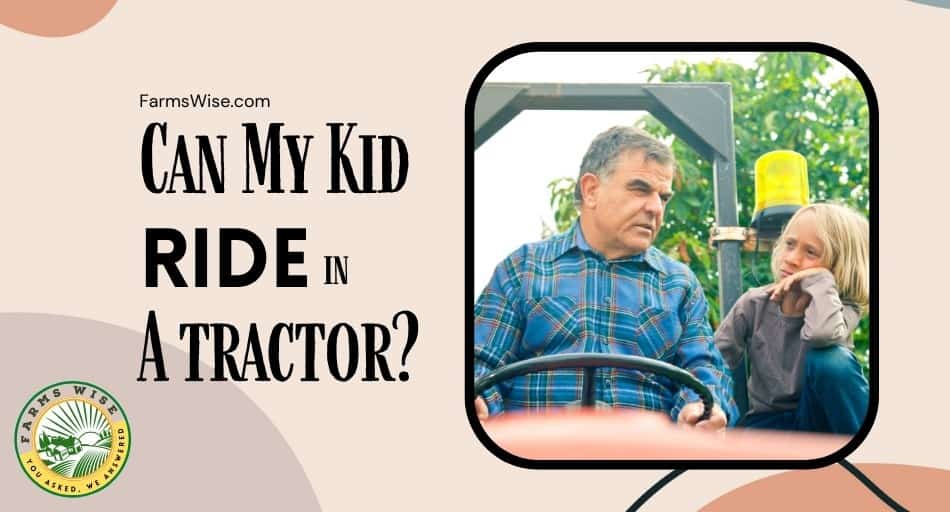Drones have become increasingly popular in agriculture due to their ability to cover large areas quickly and efficiently.
With the use of drones, farmers can get a bird’s eye view of their crops, which can help them identify issues such as pests, disease, and nutrient deficiencies.
However, with so many different types of drones on the market, it can be challenging to determine which one is the best fit for your agricultural needs.
When it comes to the most commonly used drone in agriculture, the answer is the quadcopter. Quadcopters are popular among farmers because they are easy to maneuver and can take off and land vertically, making them ideal for use in the field. They can also hover over specific areas, which is useful for identifying and treating problem areas in the crops.
While quadcopters are the most commonly used drone in agriculture, there are other types of drones that farmers can use as well.
For example, rotary drones are an excellent scouting tool for field crop operations, as they are easy to maneuver across the field and can hover over problem areas.
Ultimately, the type of drone that is best for your agricultural needs will depend on factors such as the size of your farm, the type of crops you are growing, and your budget.
What Is the Best Use of Drones in Agriculture?
Drones have become an essential tool in modern agriculture. They offer a wide range of benefits that can help farmers improve their yields and reduce costs.
Here are some of the best uses of drones in agriculture:
1. Crop Mapping and Surveying
One of the most significant benefits of using drones in agriculture is their ability to create accurate crop maps and surveys. Drones equipped with high-resolution cameras can capture detailed images of crops, which can be used to create 3D maps and models.
These maps can help farmers identify problem areas, such as areas of low yield or pest infestations. By identifying these areas, farmers can take corrective action to improve crop health and yields.
READ ALSO: What is Subsistence Farming? A Beginner’s Guide to Understanding this Traditional Farming Practice
2. Precision Agriculture
Drones can also be used for precision agriculture, which involves using data to optimize crop production. Drones can collect data on soil moisture, nutrient levels, and other factors that affect crop growth.
This data can then be used to create customized crop treatment plans, which can help farmers reduce costs and improve yields.
3. Crop Spraying
Drones can also be used for crop spraying, which involves applying pesticides and other treatments to crops.
Drones equipped with spraying equipment can cover large areas quickly and efficiently, reducing the need for manual labor and reducing the risk of exposure to harmful chemicals.
READ ALSO: 50 Farming Tips for Beginners (Must Read)
4. Livestock Monitoring
Drones can also be used for livestock monitoring, which involves tracking the health and location of livestock.
Drones equipped with cameras and sensors can monitor livestock from the air, providing farmers with valuable data on their animals’ health and behavior. This data can be used to identify potential health issues early, which can help farmers take corrective action before it’s too late.
5. Irrigation Management
Drones equipped with thermal cameras and sensors can detect areas of the field that are over or under-watered. This information helps farmers optimize their irrigation systems, reducing water waste and improving crop yields.
Overall, drones are an incredibly useful tool for modern agriculture. They offer a wide range of benefits that can help farmers improve their yields, reduce costs, and increase efficiency.
By using drones in agriculture, farmers can take advantage of the latest technology to improve their operations and stay competitive in a rapidly changing industry.
Crop Spraying
Drones equipped with spraying systems can apply fertilizers, pesticides, and herbicides to crops with precision. This method is more efficient and cost-effective than traditional spraying methods, as drones can target specific areas of the field that need treatment. Additionally, the use of drones reduces the risk of exposure to harmful chemicals for farmers and farm workers.
READ ALSO: 10 Traits of a Good Farmer: What Makes a Successful Farmer Stand Out?
What Are the Disadvantages of Agricultural Drones?
While agricultural drones have numerous advantages, they also come with some disadvantages that you should be aware of before investing in them.
1. Short Flight Time
One of the biggest disadvantages of agricultural drones is their limited flight time. Even advanced drones can only fly for up to 35 minutes, which is not enough for large fields.
This means that you will need to recharge or replace the batteries frequently, which can be time-consuming and costly.
2. Limited Payload Capacity
Agricultural drones have a limited payload capacity, which means that they can only carry a certain amount of weight.
This makes it difficult to carry heavy equipment or large amounts of pesticides or fertilizers. You may need to make multiple trips to cover the entire field, which can be time-consuming and inefficient.
READ ALSO: Find Affordable Tractor Parts: Top Salvage Yards in Ohio
3. High Initial Cost
Agricultural drones are not cheap, and their high initial cost can be a major barrier for many farmers. The cost of a high-end agricultural drone can range from several thousand to tens of thousands of dollars, depending on the features and capabilities.
This can be a significant investment, especially for small-scale farmers.
Weather Conditions
Agricultural drones are sensitive to weather conditions, and strong winds or rain can make it difficult or even impossible to fly them. This means that you may not be able to use them when you need them the most, which can be frustrating and costly.
Technical Expertise
Operating an agricultural drone requires technical expertise, and you will need to have some knowledge of drones and their software to use them effectively.
This can be a challenge for farmers who are not familiar with this technology, and they may need to invest time and resources in training and education.
Overall, while agricultural drones have numerous advantages, they also come with some disadvantages that you should consider before investing in them.
With careful planning and preparation, however, you can use agricultural drones to improve your farming practices and increase your yields.
READ ALSO: Protect Your Farm: 10 Things Covered by Farm Insurance
Frequently Asked Questions
What are some popular agricultural drone companies?
There are several drone companies that specialize in agricultural use. Some of the most popular ones include DJI, PrecisionHawk, and senseFly.
These companies offer a variety of drone models that are specifically designed for agricultural use.
Which drone is considered the best for agricultural use?
There is no one-size-fits-all answer to this question, as the best drone for agricultural use will depend on the specific needs of the farmer.
However, the DJI Phantom 4 RTK and the senseFly eBee X are two popular options that are often used in agriculture.
What are the benefits of using drones in agriculture?
Using drones in agriculture has several benefits. Drones can quickly and accurately survey fields, allowing farmers to identify crop stress, disease, and other issues.
Drones can also be used to monitor crop growth and yield, which can help farmers make more informed decisions about planting and harvesting. Additionally, drones can be used to apply pesticides and fertilizers more efficiently, which can save farmers time and money.
What are some common problems faced when using drones in agriculture?
One common problem faced when using drones in agriculture is the risk of crashes. Drones can be difficult to control in windy conditions or when flying in areas with obstacles like trees and power lines.
Additionally, drones can be expensive to repair or replace if they are damaged in a crash. Another issue is the need for specialized training to operate drones safely and effectively.
What is the history of drones in agriculture?
The use of drones in agriculture is a relatively new development. The first agricultural drones were developed in the early 2010s, and since then, the technology has continued to evolve and improve.
Today, drones are used in agriculture all over the world, and the industry is expected to continue to grow in the coming years.
Which DJI drone models are commonly used in agriculture?
DJI is one of the most popular drone companies for agricultural use, and several of their drone models are commonly used in agriculture.
The DJI Phantom 4 RTK and the DJI Matrice 300 RTK are two popular options that offer high-resolution imaging and precise mapping capabilities.
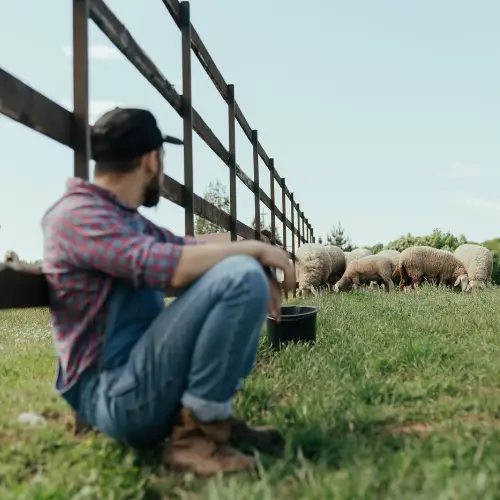
Jack is the owner, chief editor, and senior writer of this website.
Machinery, engines, and farming have always been a passion of his since he was a young boy. Growing up on a small farm in rural America, he learned the value of hard work and dedication from an early age.
After completing his degree in Engineering, he decided to follow his dream and became a farmer in 2009.
Since then, he has gained a wealth of knowledge and experience in the field. He has grown a variety of crops, tended to farm animals, and worked with all sorts of farming machinery. Continue reading…
